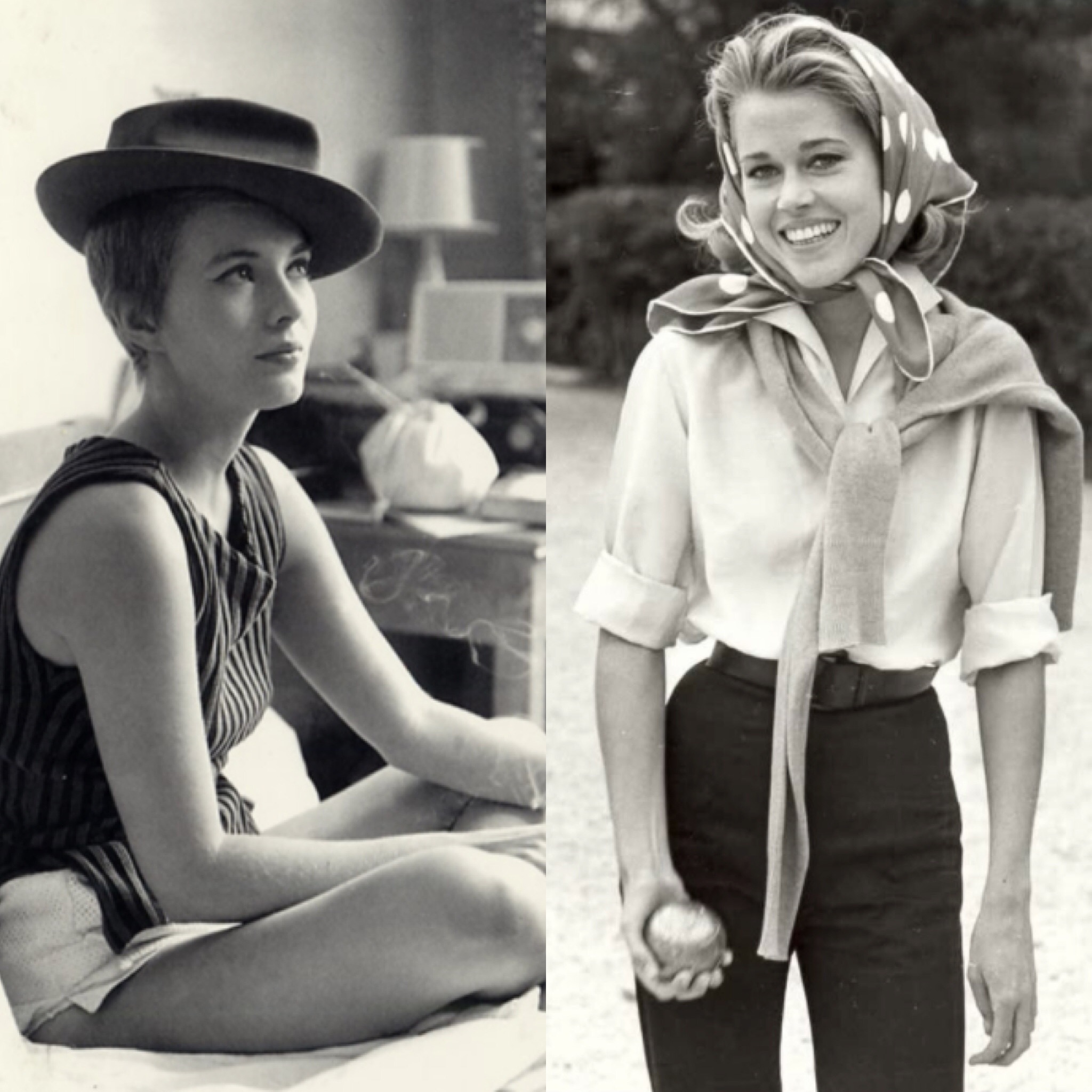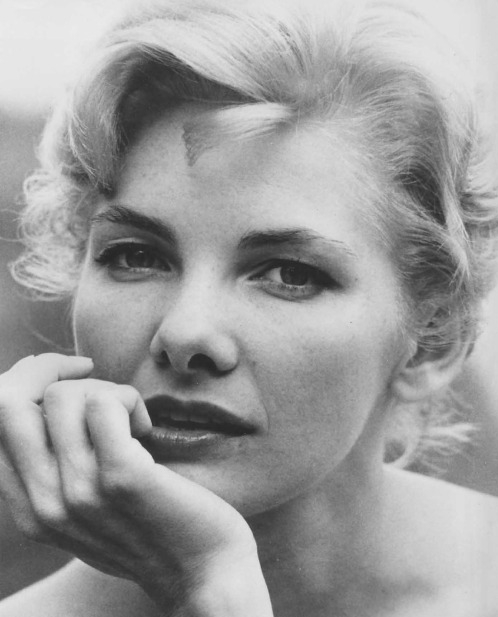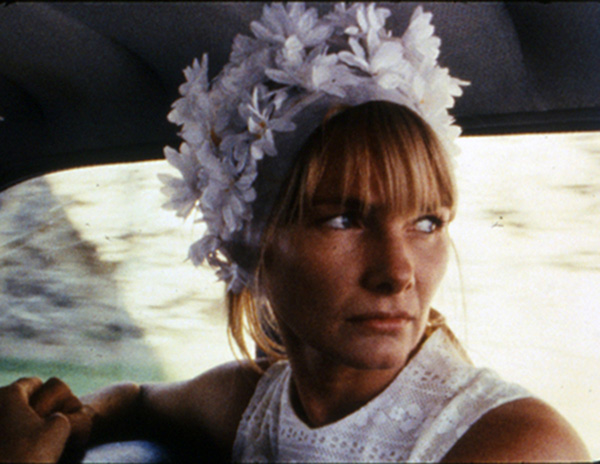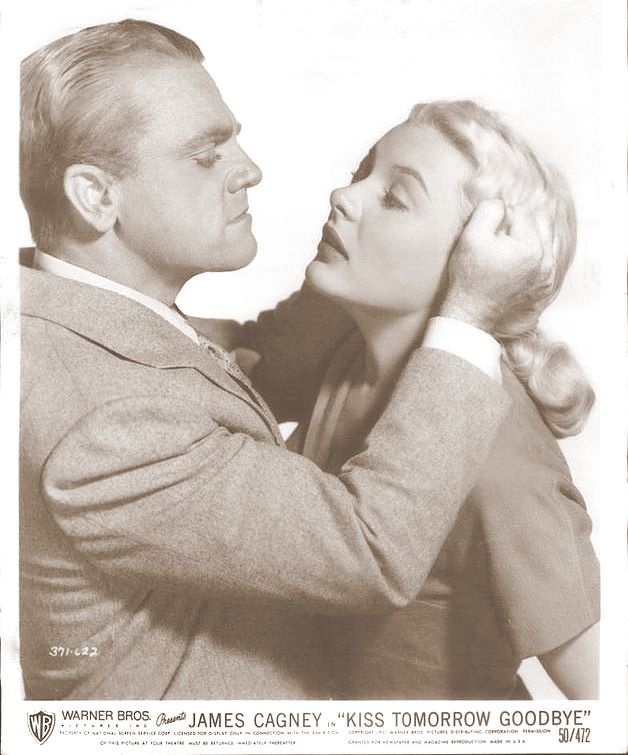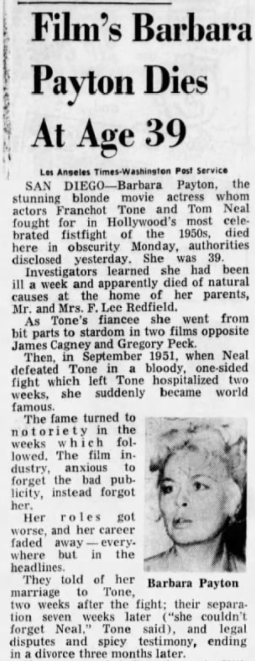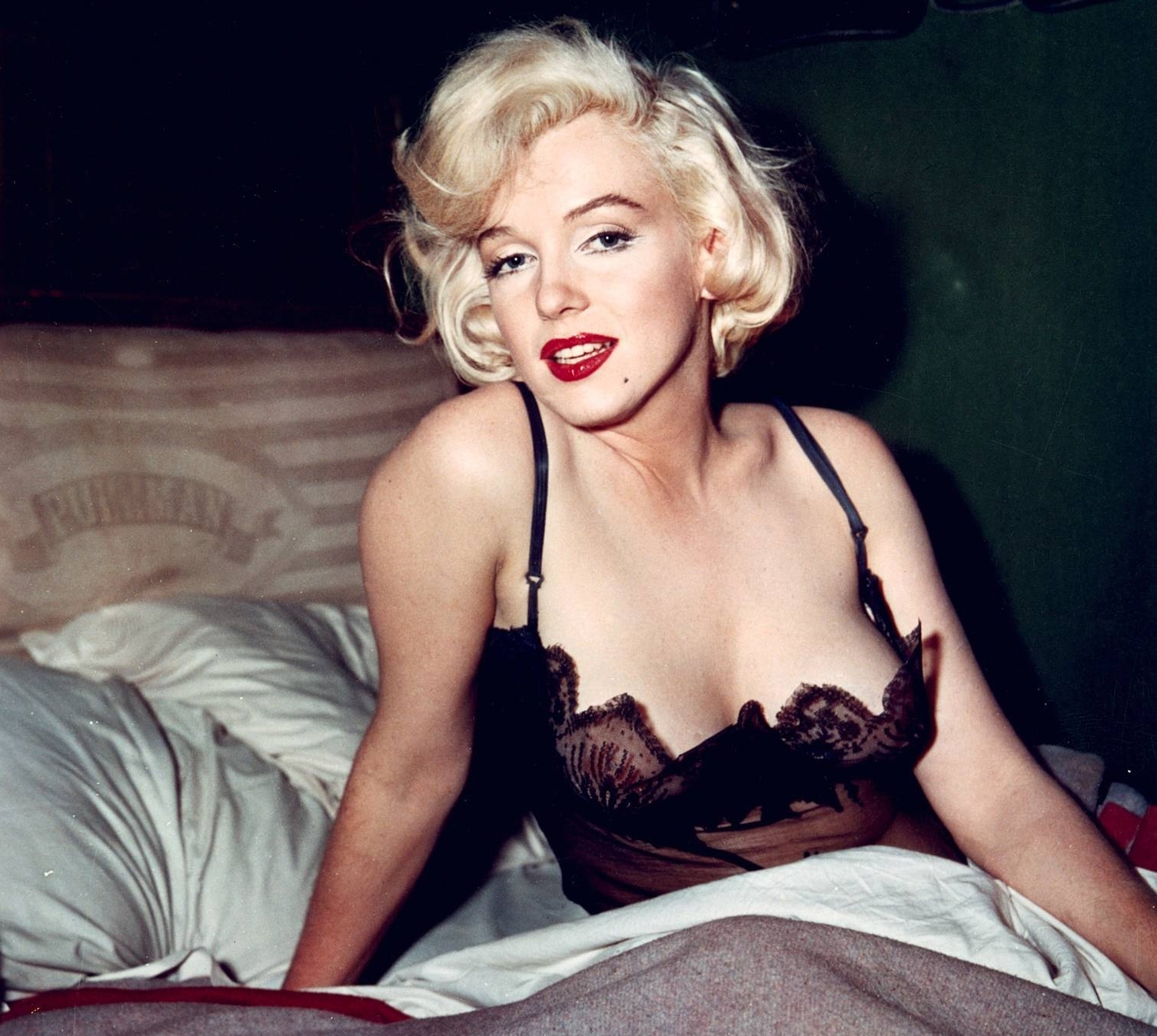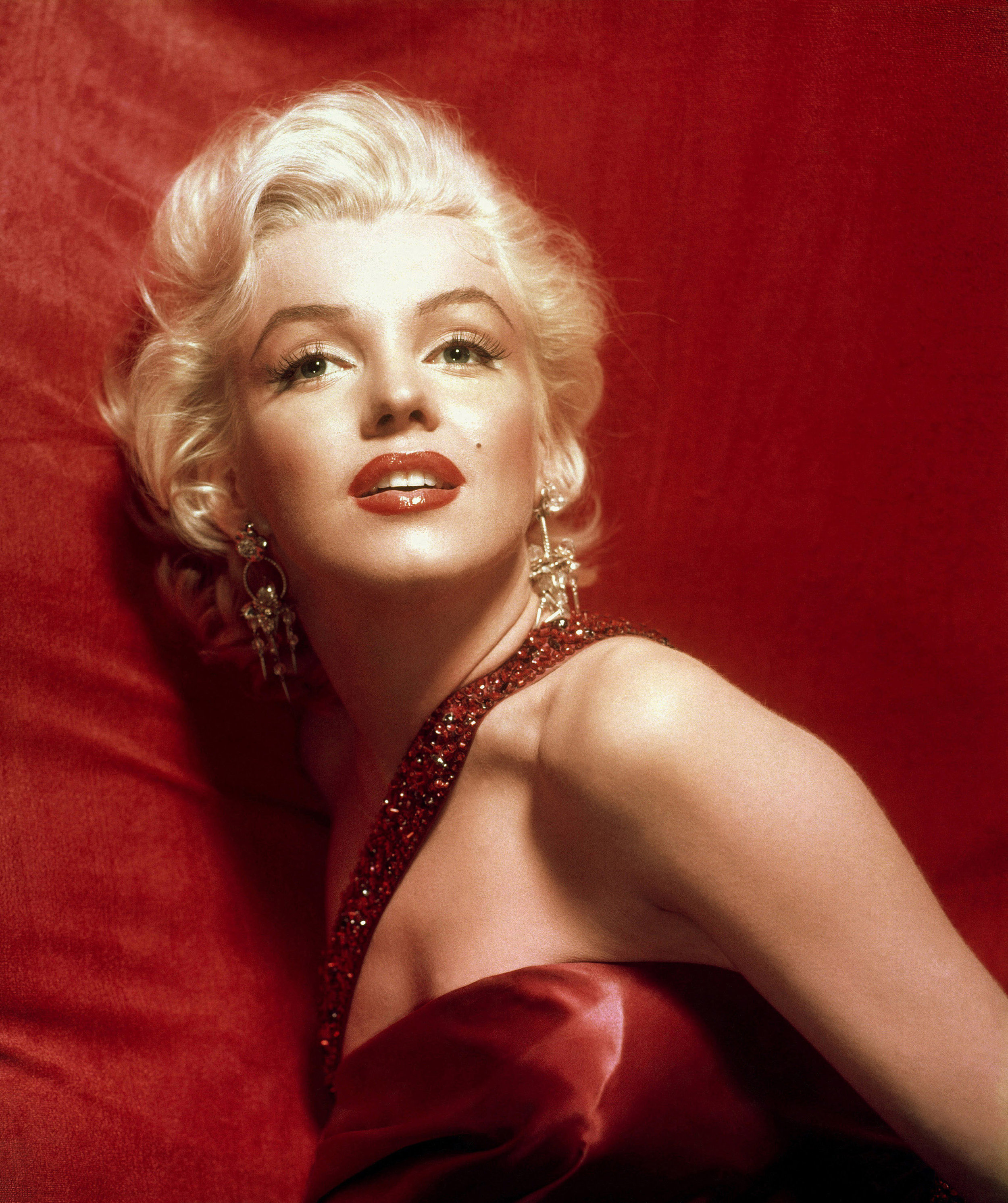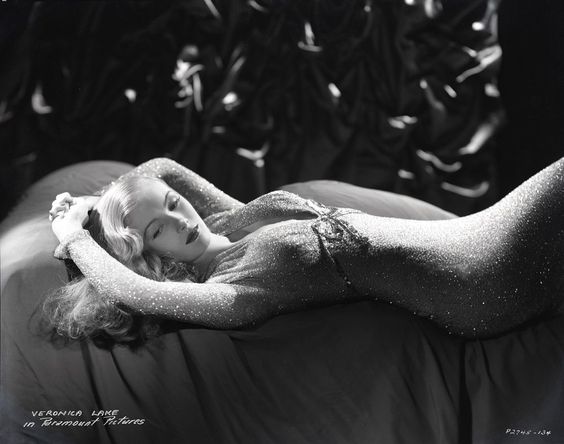Listen, download this episode, or find on iTunes.
Having left her husband to be the mistress of writer/diplomat Romain Gary, Jean secretly gave birth to a son, and then made the movie that she thought would prove herself as an actress once and for all. In Lilith, Seberg would go all in on her portrayal of madness -- perhaps too deep. After a disastrous collaboration with Gary, Jean happily accepted an offer to star in a big budget Hollywood musical. But it was 1969, the studio system had crumbled, and that musical -- Paint Your Wagon -- would become a symbol of everything that was wrong with the Hollywood establishment.
SHOW NOTES:
Sources:
Jane Fonda: The Private Life of a Public Woman by Patricia Bosworth
Played Out: The Jean Seberg Story by David Richards
Star: The Life and Wild Times of Warren Beatty by Peter Biskind
The Kid Stays in the Picture: A Notorious Life by Robert Evans
The Talent Scout by Romain Gary
Music:
All of the music used in this episode, with the exception of the intro and outro, is from royalty-free music libraries and licensed music collections. The intro includes a clip from the film Casablanca. Outro song: “Schizophrenia” by Sonic Youth. Excerpts from the following songs were used throughout the episode: “Modern Vintage Gypsy 3” by Gavin Luke, “Readers Do You Read” by Chris Zabriskie, “Meet Me In Queens 2” by Orjan Karlsson, “A Trace of Light 2” by Magnus Ringblom, “Musique a la Carte 5” by John Ahlin, “Song for Johanna” by Franz Gordon, “Some Autumn Waltz 1” by Jonatan Järpehag, “Latin Quarters Jazz Band 2” by Magnus Ringblom, “Les Beaux Jours 3” by Martin Gauffin, “Past Closing Time 3” by Magnus Ringblom, “High Stakes” by Niklas Ahlstrom, “Suburban Life 3” by Gavin Luke.
Sponsors:
This episode is sponsored by The Great Courses Plus, Audible and American Express.
Credits:
This episode was edited by Sam Dingman, and produced by Karina Longworth with the assistance of Lindsey D. Schoenholtz. Our logo was designed by Teddy Blanks.






